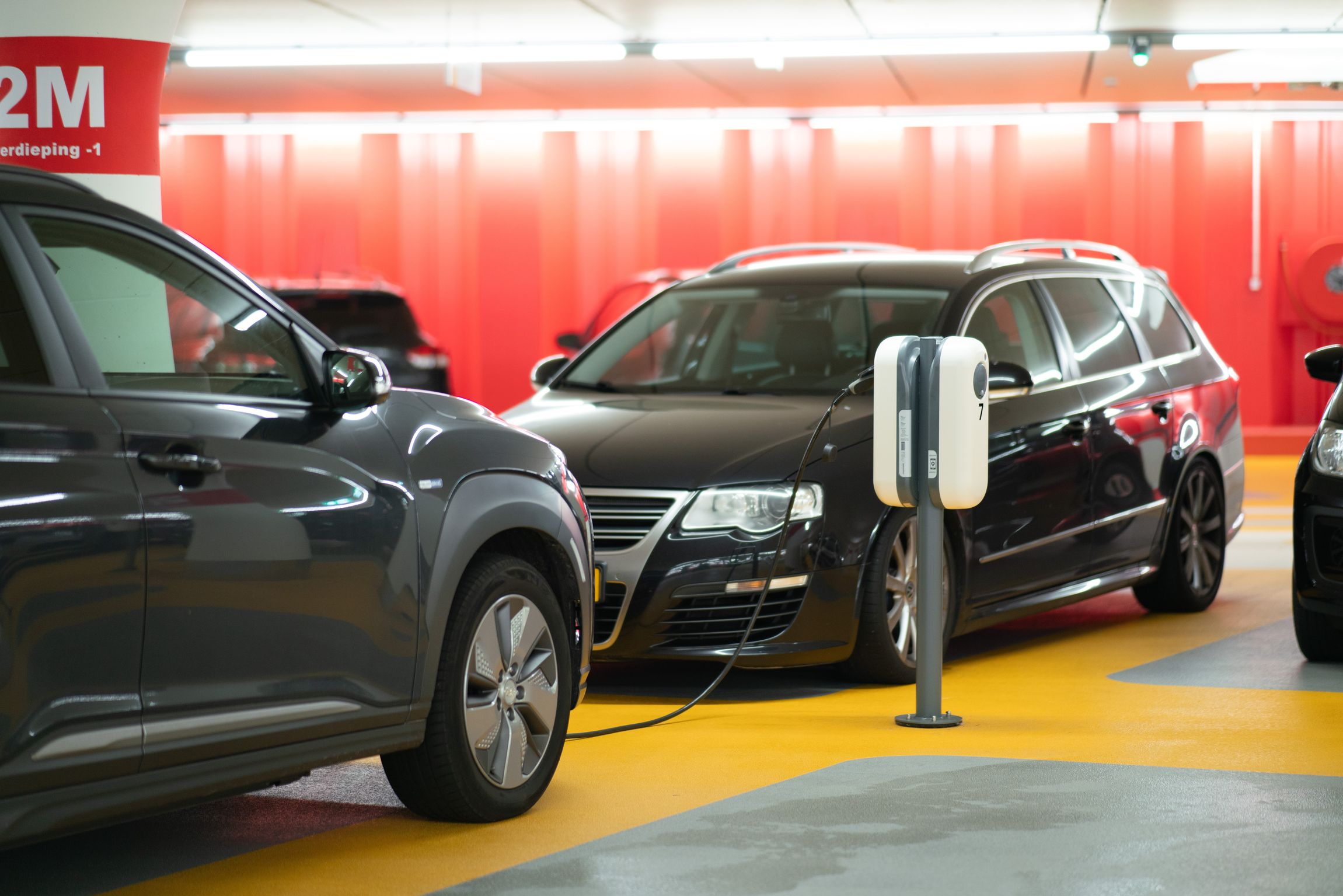Electric vehicles are rapidly gaining popularity, not least because of the impending ban on the sale of new gasoline and diesel vehicles. In their most basic form, electric cars are powered solely by batteries. However, there are several other types of cars that fall under the category of ‘electrified’ vehicles.
An EV is simply an electric vehicle powered by a large battery and electric motors. There is no gasoline or diesel engine, and all power for the cars comes from a battery pack that can be recharged at home, work, or at public charge points. While electric vans, buses, scooters, and lorries are technically EVs, the term is often used interchangeably with electric cars.
Electricity is used to improve vehicle efficiency in all-electric vehicles, also known as battery electric vehicles (BEVs), plug-in hybrid electric vehicles (PHEVs), and hybrid electric vehicles (HEVs). Even though some of these vehicles still use liquid fuels in conjunction with electricity, these three vehicle types are sometimes referred to colloquially as electric cars, electric vehicles, or simply EVs. BEVs and PHEVs are more specifically known as plug-in electric vehicles (PEVs).
To give you a better idea of the differences among electric vehicles, here’s a list of the different types:
Electric Vehicle (EV)
Small electric motors and batteries that recharge via regenerative braking and the internal combustion engine are used in hybrid electric vehicles. HEVs, also known as self-charging hybrids or simply hybrids, can travel in electric mode for short distances (typically a mile or less) and at urban speeds, with the engine kicking in under heavy acceleration or at higher speeds.
Plug-in Hybrid Electric Vehicle (PHEV)
A plug-in hybrid vehicle combines an internal combustion engine (either gasoline or diesel) with an electric motor and battery. A PHEV’s battery is smaller than that of an EV but larger than that of a conventional hybrid, and PHEVs can typically travel 20-70 miles in electric mode at speeds of 70-80mph. A PHEV’s battery can also be plugged in and recharged, in addition to being charged by the engine and using energy recovered from braking.
A PHEV is ideal for situations in which you want to benefit from pure EV driving over short distances but must travel to locations where charging is not always possible or convenient.
Hybrid Electric Vehicle (HEV)
Small electric motors and batteries recharged via regenerative braking and the internal combustion engine are used in hybrid electric vehicles. HEVs, also known as self-charging hybrids or simply hybrids, can travel for short distances (typically a mile or less) and at urban speeds in electric mode, with the engine kicking in under heavy acceleration or at higher speeds. HEVs are also lower cost than EVs and PHEVs.
Mild Hybrid Electric Vehicle (MHEV)
An MHEV is a conventional gasoline or diesel vehicle that employs a very small electric motor and battery to provide additional power to the engine or auxiliary systems (air conditioner, power steering) as needed. This can help with acceleration, while the 48-volt electrics found in most MHEVs can allow the engine to shut down when the car is coasting, saving fuel. MHEVs should not be regarded as conventional hybrids, but rather as traditional petrol or diesel vehicles with beefed-up alternators.
MHEVs outperform conventional gasoline-powered vehicles in terms of fuel economy, particularly in stop-and-go driving situations. One disadvantage is that it cannot be driven entirely on electricity. On top of that, it is also an expensive type to buy since it’s still limited in the market.
Range Extender Electric Vehicle (REx)
An electric car with small petrol or diesel engine that can function as a generator to charge its batteries is what a range extender is. A REx should be viewed as an electric car, and its batteries should be recharged in the same manner, with the engine kicking in to increase range and reduce range anxiety as needed.
The engine does not directly power the wheels and is only used when the batteries are low, so performance may suffer in some cases. The internal combustion engine adds to the complexity. As a result, maintenance may require more effort.
Key Takeaway
Electric cars are becoming more popular again as energy storage technology, particularly battery technology, advances. Different types of electric cars are constantly changing and being developed, providing users and potential users with options. The terms MHEV, HEV, PHEV, and REx are becoming more widely known.
The type of electric vehicle you should buy should be determined by your needs and budget. This ensures that you are making a good investment in terms of travel and comfort.


